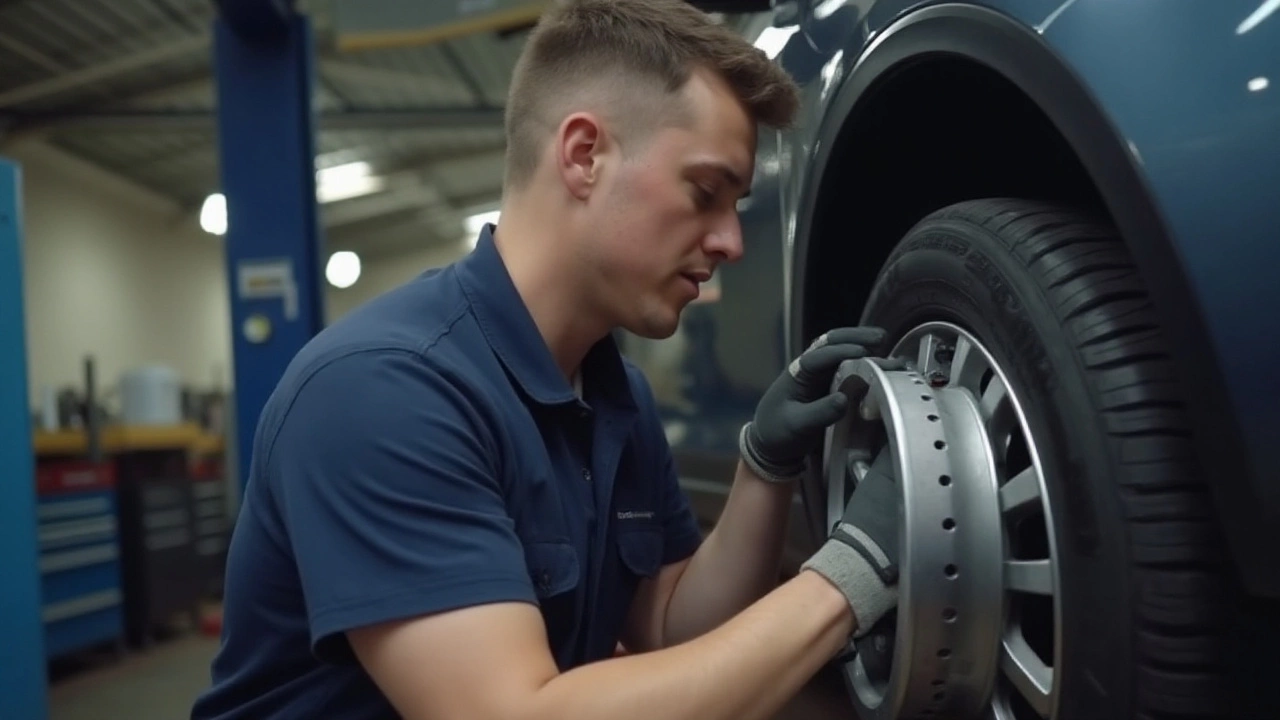Car Safety: Simple Steps to Keep Your Ride Safe
When it comes to car safety, most people think about brakes and airbags. While those are crucial, everyday details like wheel health, lighting, and even window tint can make a big difference. The good news? You don’t need a mechanic’s degree to stay safe—just a few practical habits.
Maintain Your Wheels and Bearings
Alloy wheels look great, but they’ll start rusting or cracking if you ignore them. Check the finish every few weeks for chips or curb rash; a quick polish can stop corrosion before it spreads. If you’re using wheel spacers, make sure they’re hub‑centric and that you torque the lug nuts to the manufacturer’s spec. Wrong spacers can overload bearings and lead to premature failure.
Speaking of bearings, a common myth is that spacers always kill them. In reality, quality spacers that fit snugly won’t harm the bearings—but cheap, mismatched ones can. After you install spacers, give the wheels a short test drive and listen for grinding or wobbling. If anything feels off, re‑check the bolt pattern and torque.
Don’t forget tire pressure. Under‑inflated tires generate extra heat, which wears the sidewalls and can cause a blowout. Use a digital gauge weekly, especially when the weather changes. Proper pressure also improves fuel economy, so it’s a win‑win.
Lighting, Tint, and Legal Safety
Upgrading to LED bulbs in older headlights can boost visibility, but you need to match the wattage and beam pattern. Installing the wrong type can blind other drivers and even get you a ticket. If you’re not sure, stick with bulbs that the car maker recommends or consult a professional.
Window tint is another area where looks meet legality. Ceramic tint offers superior heat rejection and UV protection without affecting signal strength. However, each state has a legal limit on how dark you can go. In the UK, the front windshield must stay clear, and the rear windows usually can’t be lower than 35% VLT. Before you tint, check your local regulations to avoid fines.
Even a good tint can fade if it’s low quality. UV‑resistant films last longer, but they still need gentle cleaning—avoid abrasive pads that strip the coating. A soft microfiber cloth and mild soap will keep the film looking new.
Lastly, read your bumper‑to‑bumper warranty carefully. Skipping oil changes, using non‑approved fluids, or installing aftermarket parts without approval can void coverage. Keep all service receipts and note any modifications you make. If you ever need a claim, those records prove you cared for the car properly.
By staying on top of wheel upkeep, choosing the right lighting and tint, and respecting warranty terms, you’ll boost safety without breaking the bank. Small checks today prevent big problems tomorrow, and your car will thank you with years of reliable performance.

Understanding Wheel Spacer Limits for Optimal Safety
Wheel spacers can alter the stance and handling of a vehicle, but using the right thickness is crucial for maintaining safety. This article explores how wheel spacers work, the potential risks of using excessively thick spacers, and offers guidelines for safe installation. Learn about how they affect alignment and what factors to consider before adding them to your vehicle. Keeping wheels safe and steady is important, and this guide will provide practical knowledge for car enthusiasts.

Driving Long Distances Safely with Wheel Spacers
When considering long-distance travel with wheel spacers installed on your vehicle, it's crucial to understand their function and potential impact on safety and performance. Wheel spacers can alter your vehicle's track width, which can enhance handling but also requires proper installation and maintenance. This article explores how to safely drive long distances using wheel spacers, offering tips to ensure your road trip is both smooth and secure. Understanding these factors will help drivers make informed decisions about their use.